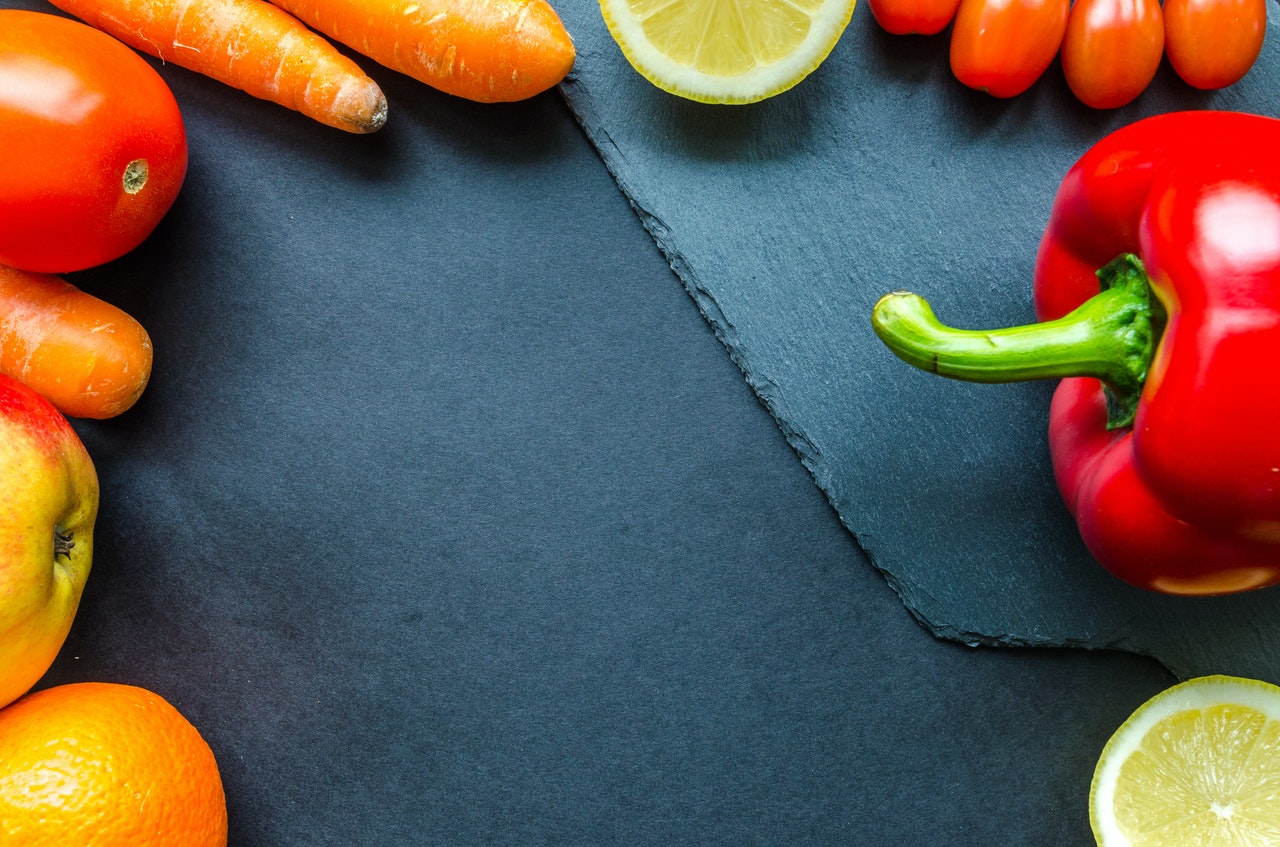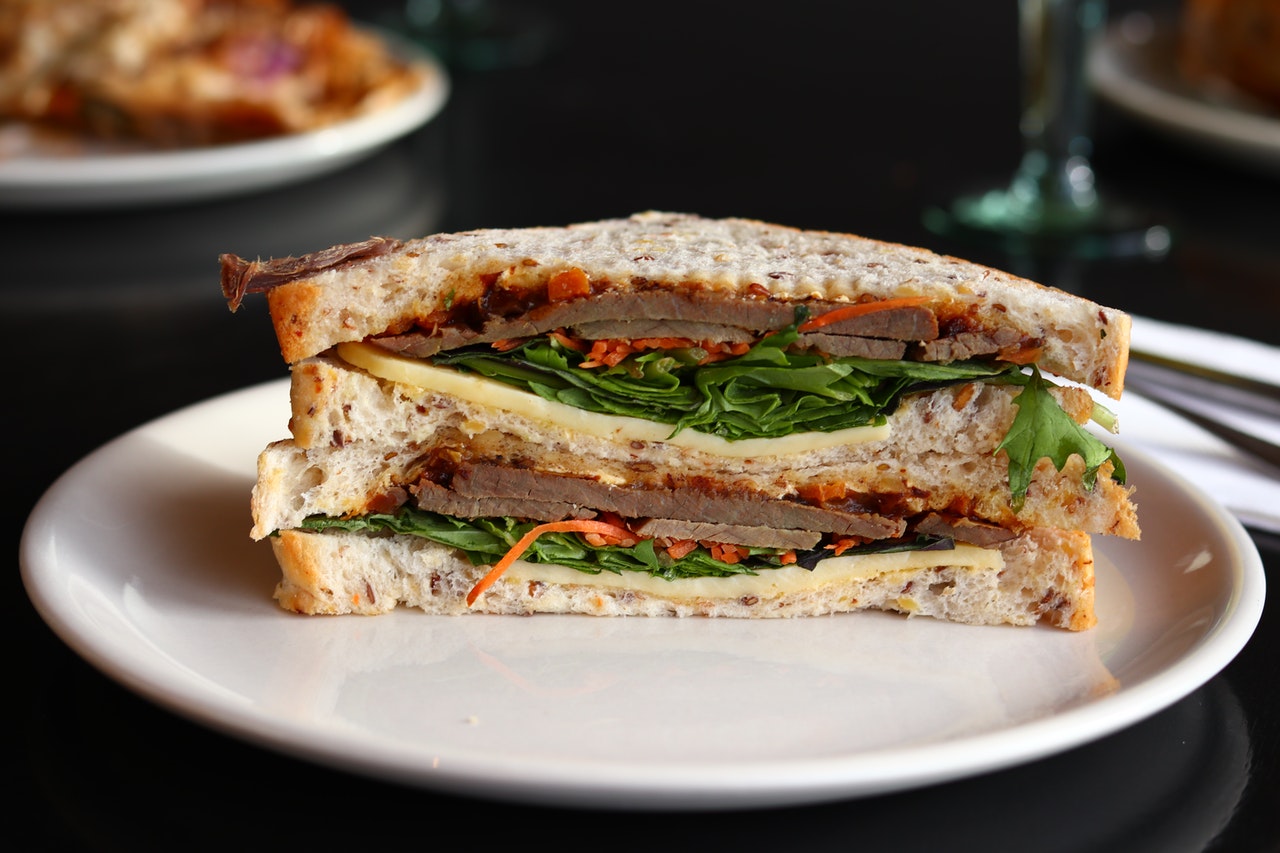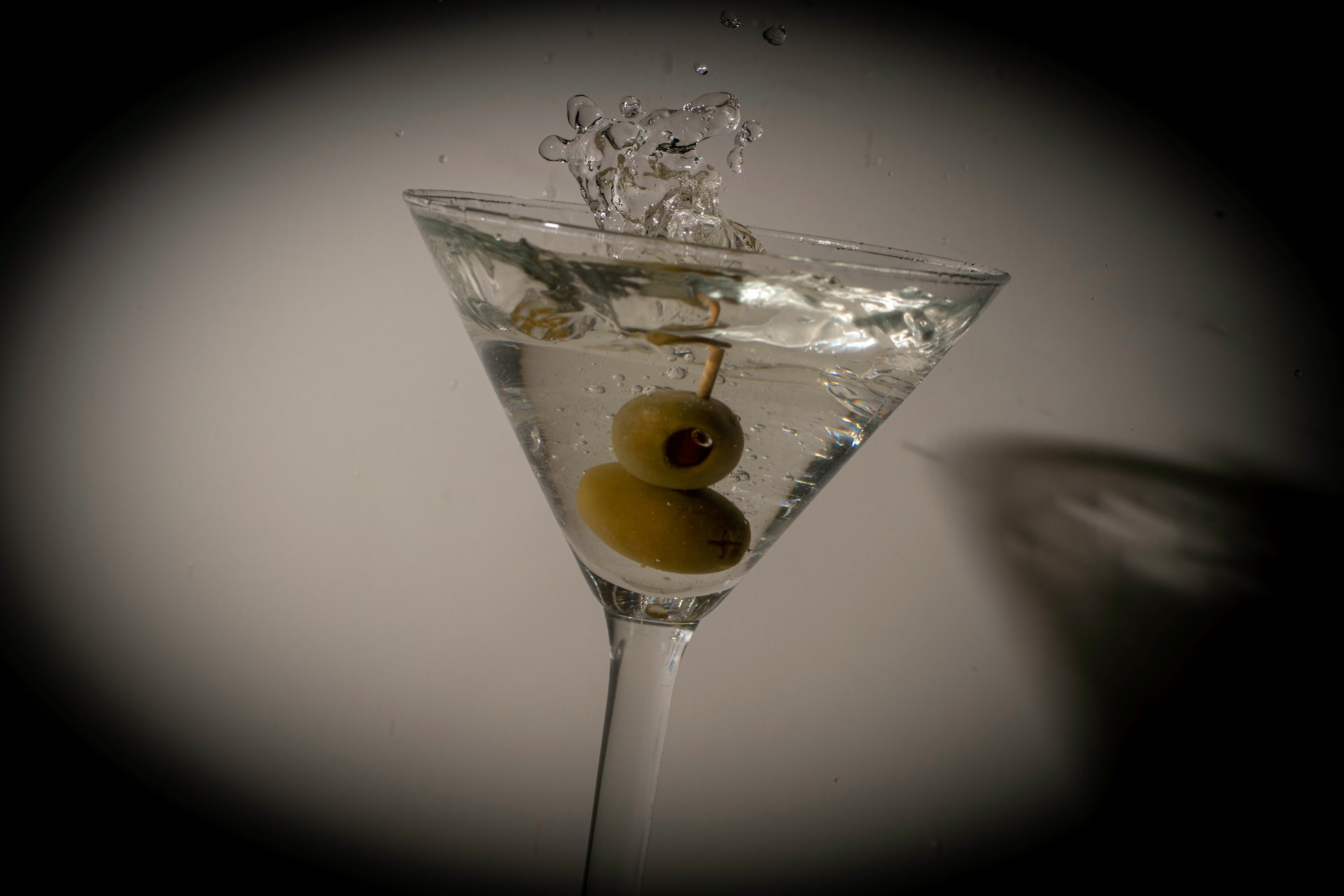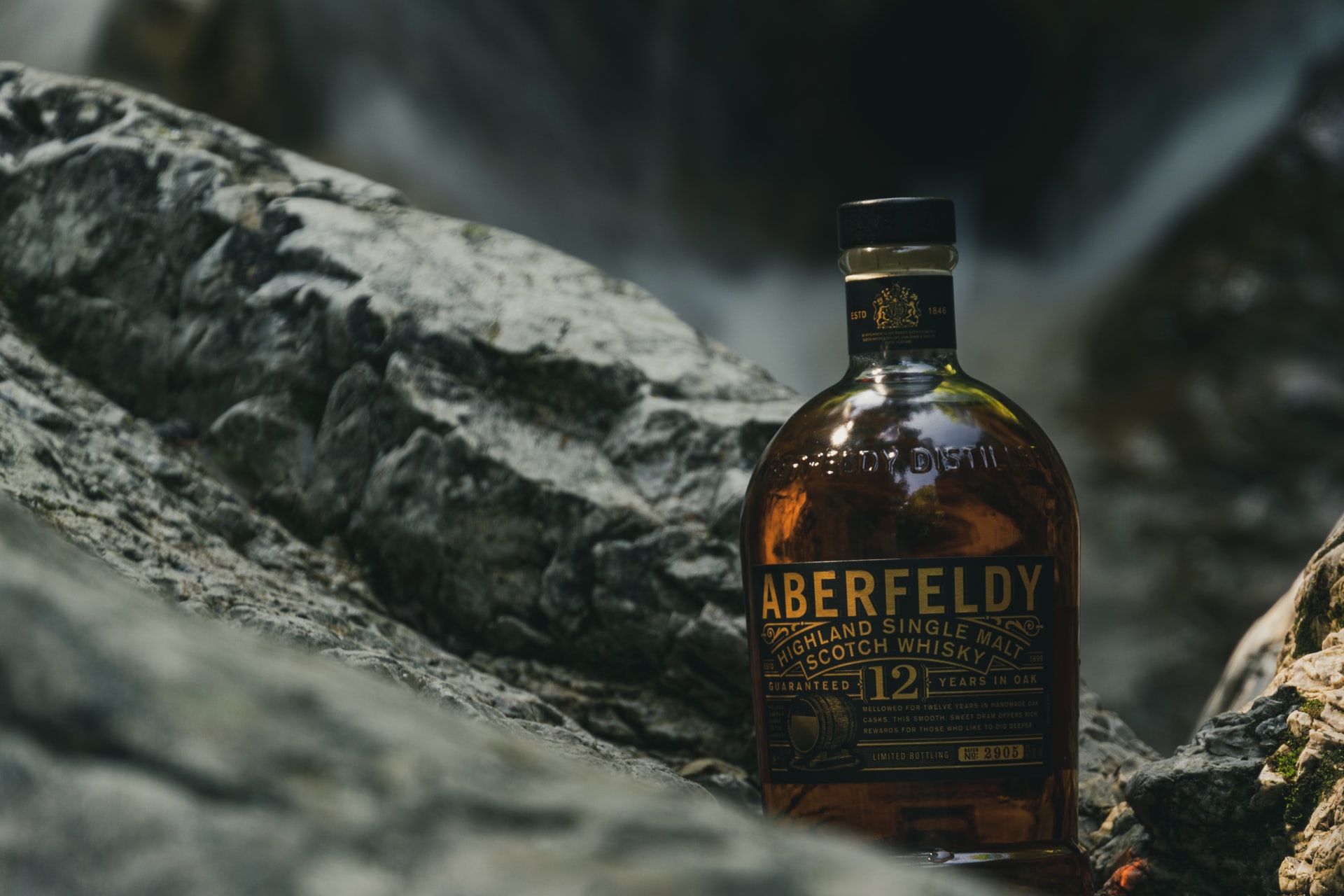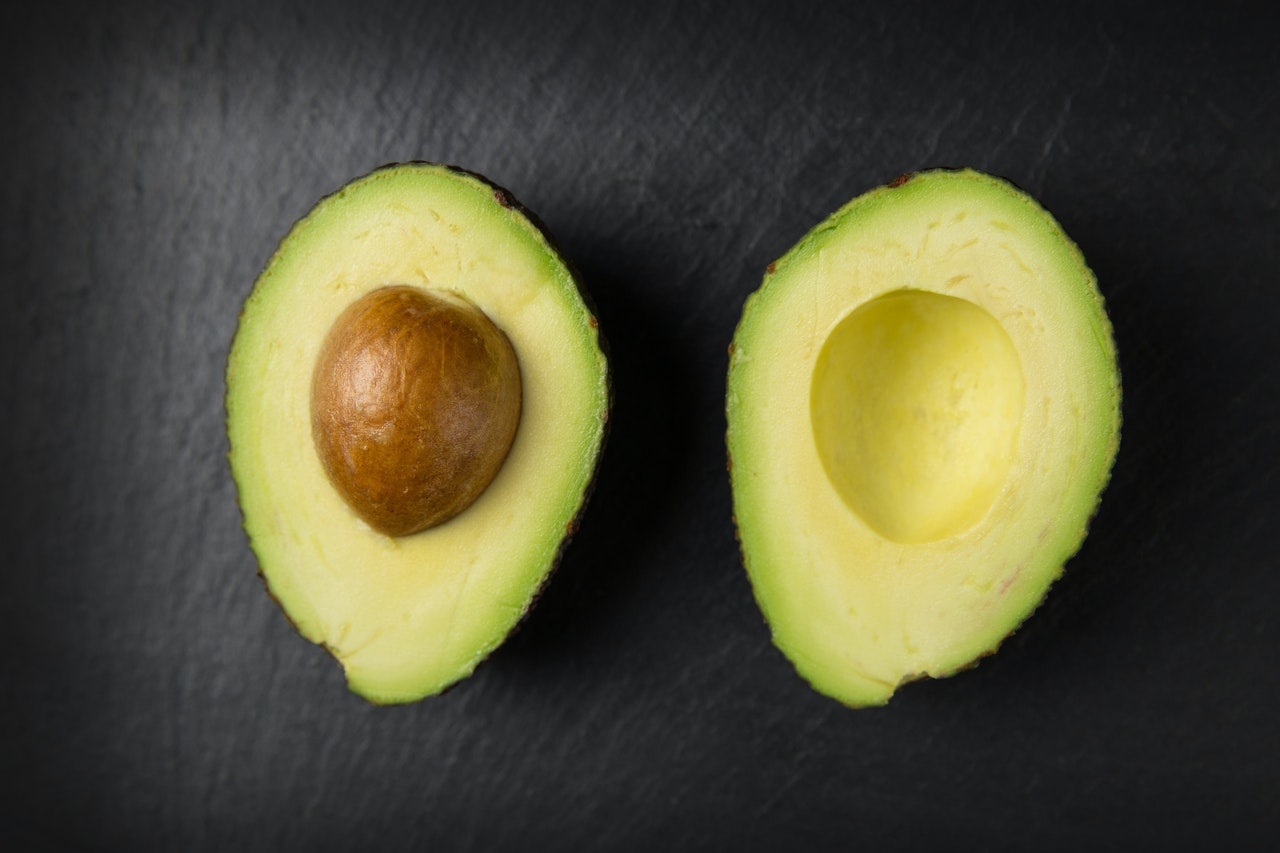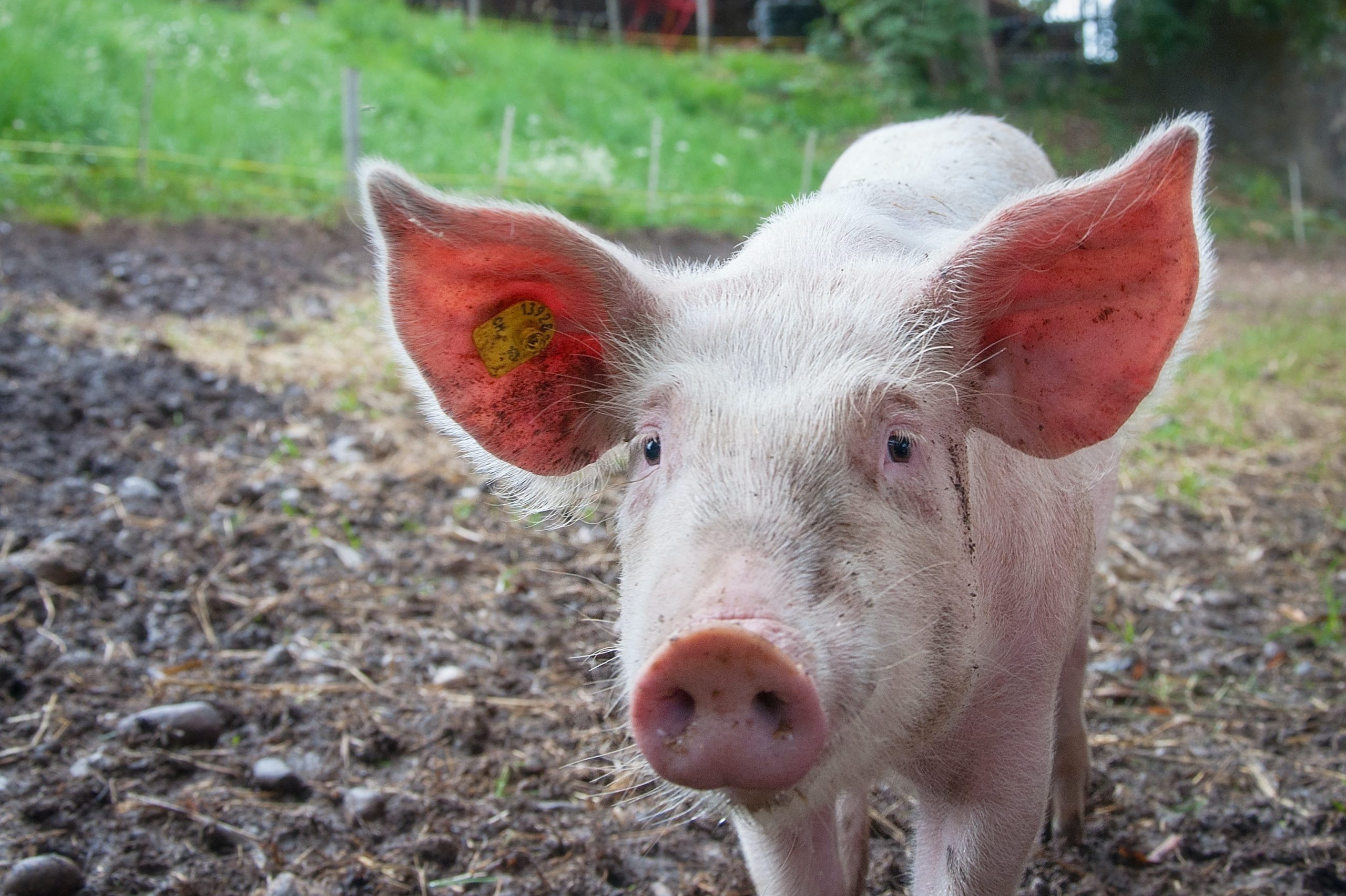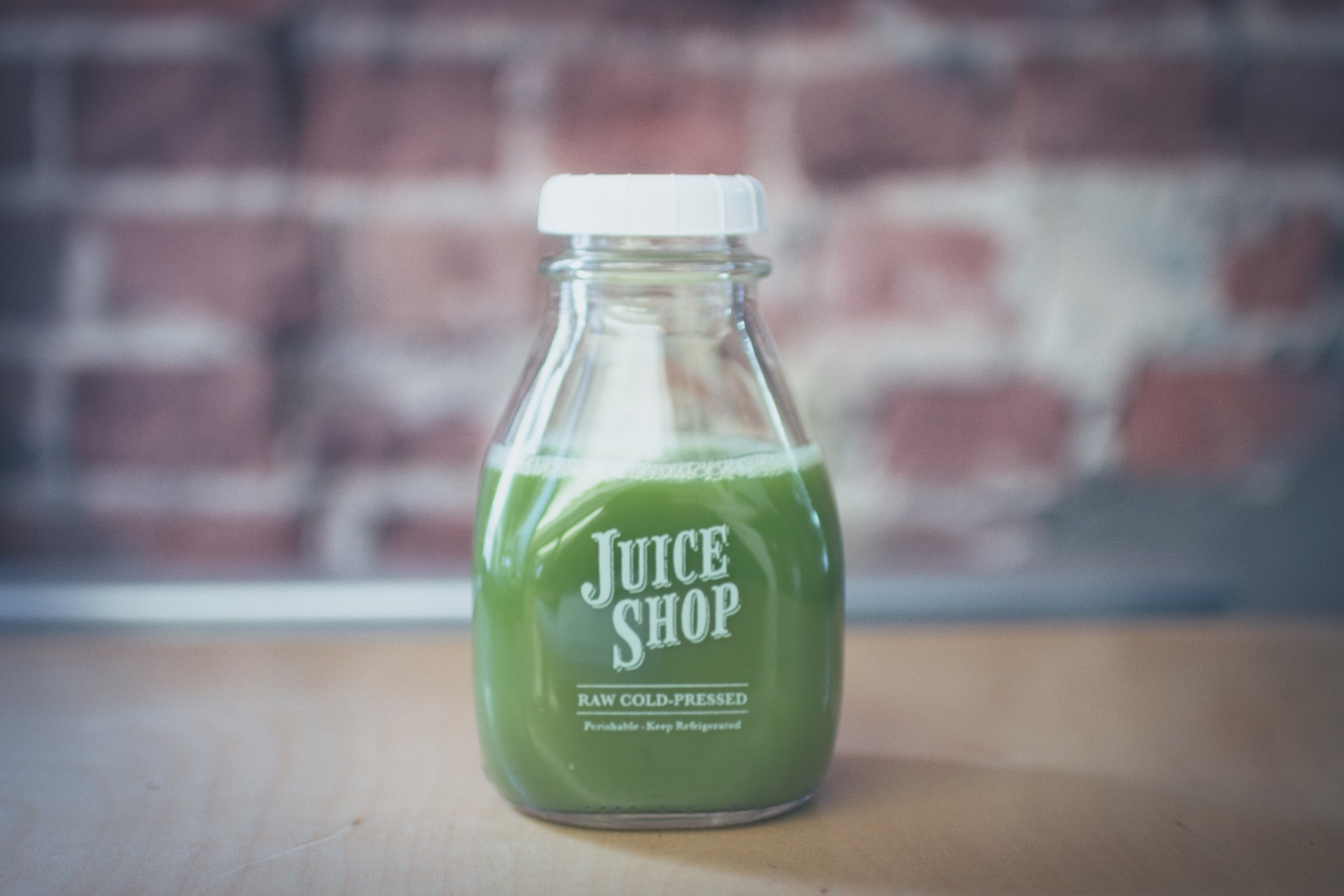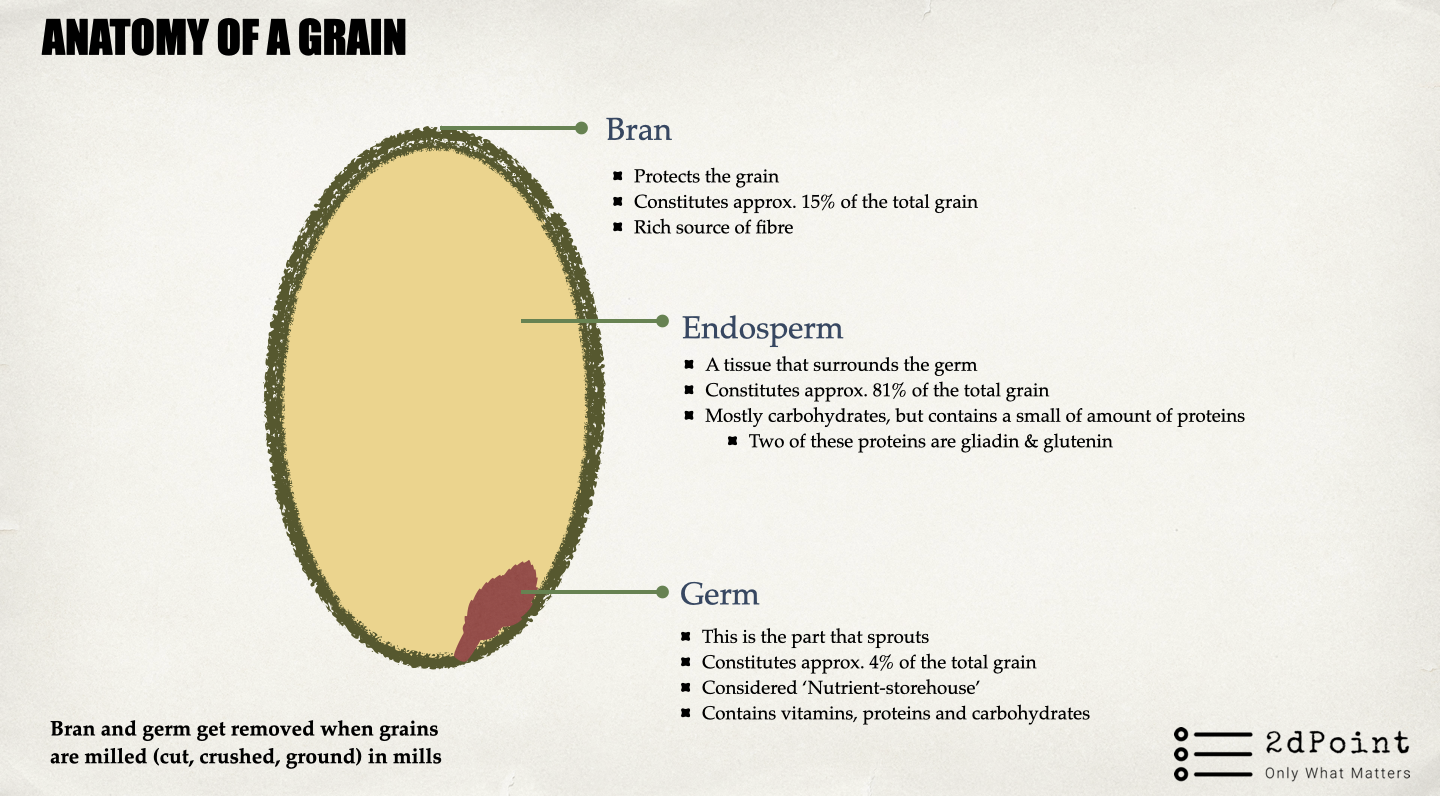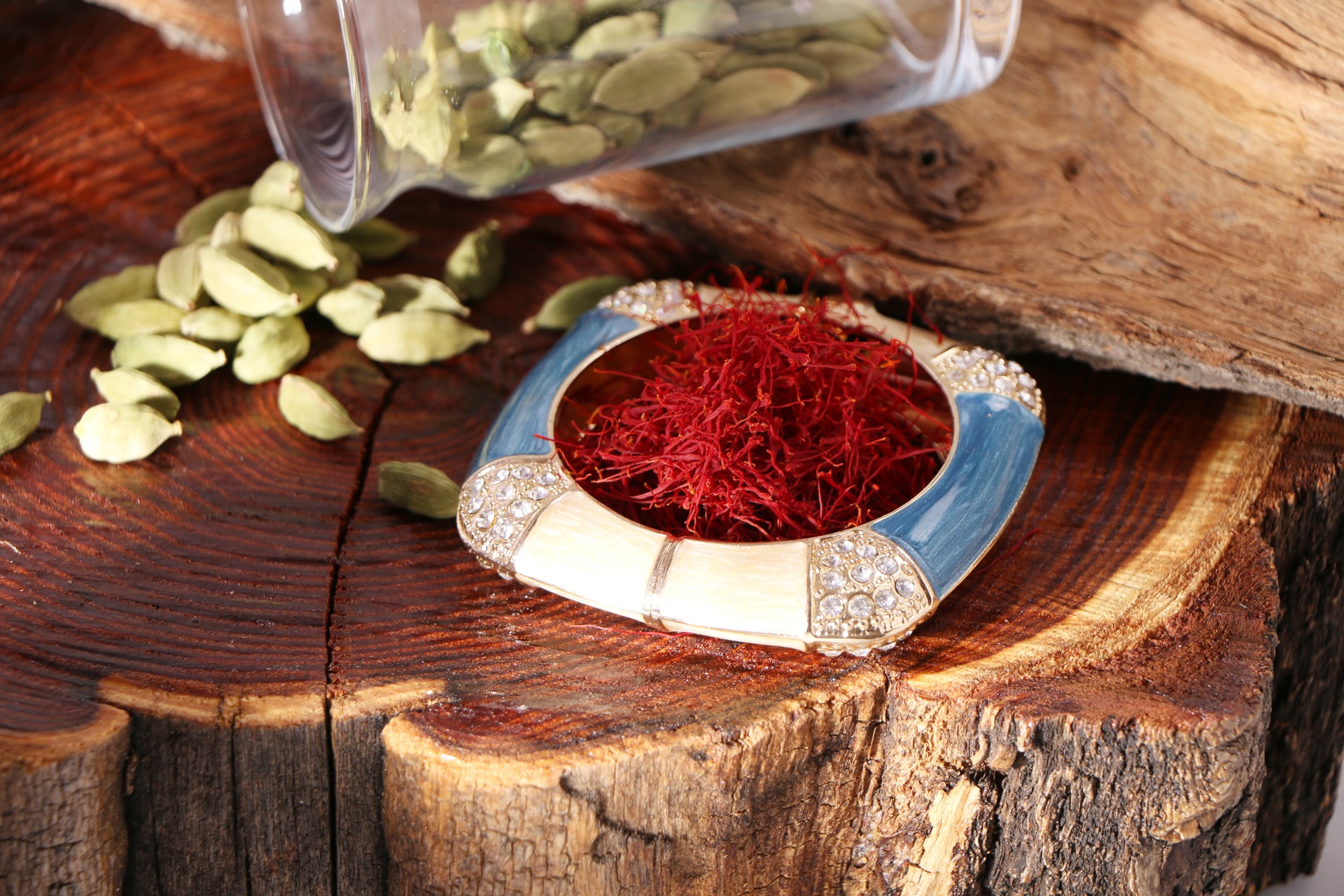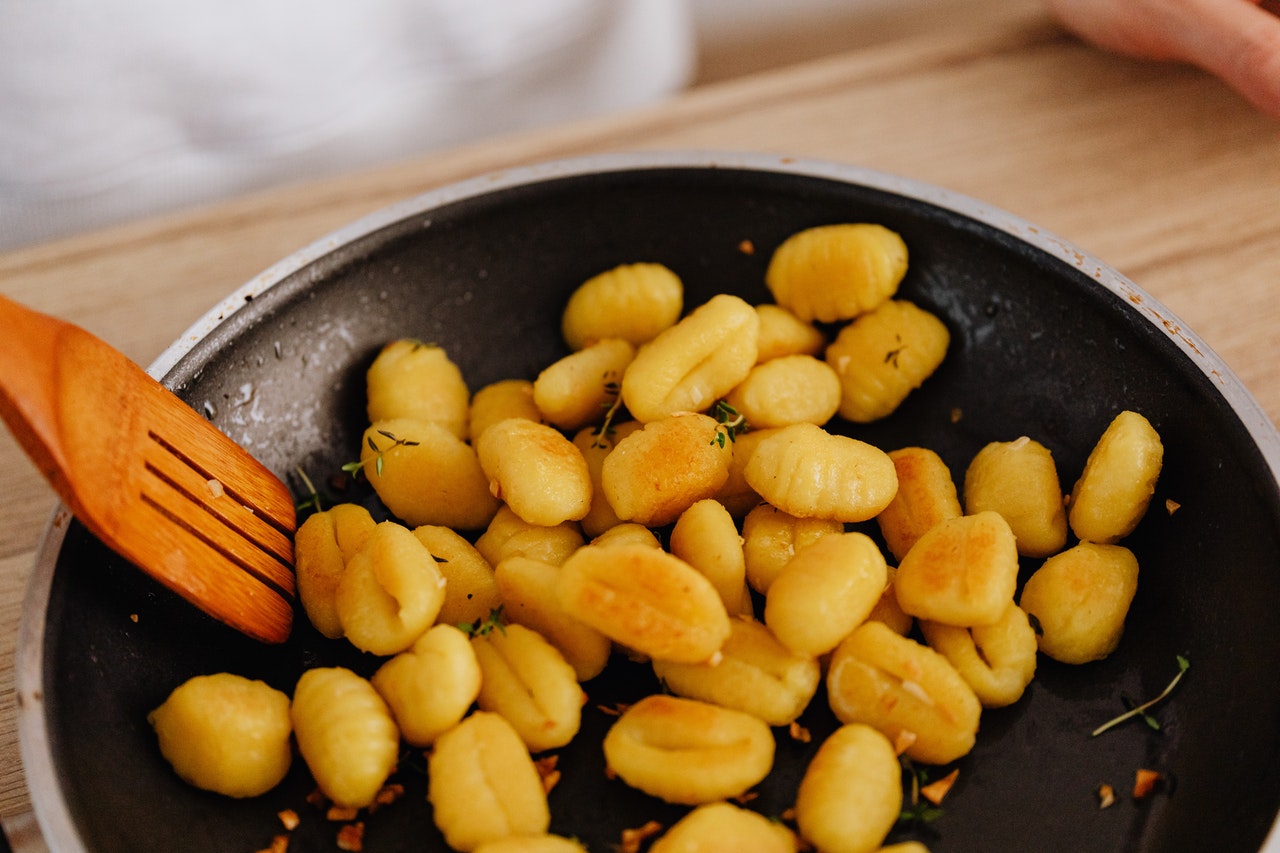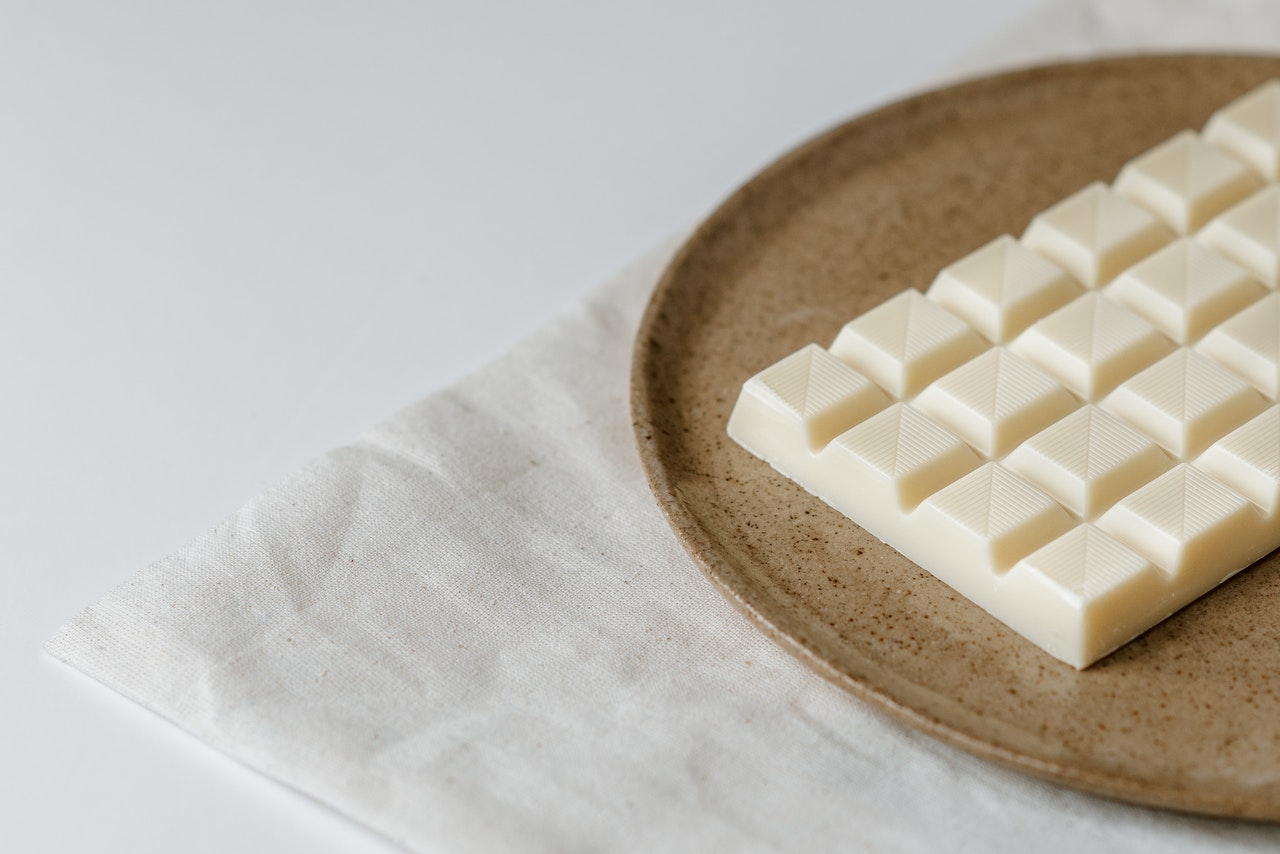Reading Time: < 1 minutes
- Factor 1: The cows have been with humans for over 10,000 years.
- Cows were among the first animals (along with sheep and goats) to be domesticated by humans.
- This has meant humans have had the longest time with them across different geographies and so, both have adapted well to each other and cows have been ‘moulded’ to the needs of humans.
- E.g., the earlier cows were stubborn and ‘undomesticable’, but selective breeding has led to docile cow varieties.
- Selective breeding meant that generation after generation, those cows which were not docile enough were killed (survival of the weakest); it was like filtering out the aggression step-by-step.
- Factor 2: No other animal can match the cow’s production of milk.
- Selective breeding also meant that generations of only high milk-producing cows could advance.
- Today, cows produce between 30 litres to 75 litres of milk in one day; buffalos produce 12-16 litres per day, while goats produce 2-3 litres per day.
- Factor 3: Aesthetics and taste.
- Cow’s milk’s fat content is similar to that of human milk, so, it is familiar to our palates.
- Also, it is the blandest of all milk, which means the cows’ milk can be used for the creation of cheeses and can embed nicely with most flavours.
- Cow’s milk separates itself easily into milk and cream, making it more useful (multiple dairy products can be extracted) than goat milk, for example, in which cream is knitted into the milk and can’t be separated (butter is very difficult to extract, therefore).
- Buffalo’s milk has a lot of characteristics suited (fat is twice that in cow-milk) to human needs but over 90% of their total population is in Asia.
- The huge buffalo population and the fact that buffaloes are more efficient converters of low-quality feeds (most farmers can’t afford high-quality feed) explain India’s higher consumption of buffalo-milk as compared to cow-milk.
Also Read:
What is cold-pressed juice and is it better than regular juice?
What is the difference between herbs and spices?
What is Basmati rice and why is it considered superior to other rice varieties?
Image courtesy of Robin Worrall through Unsplash





